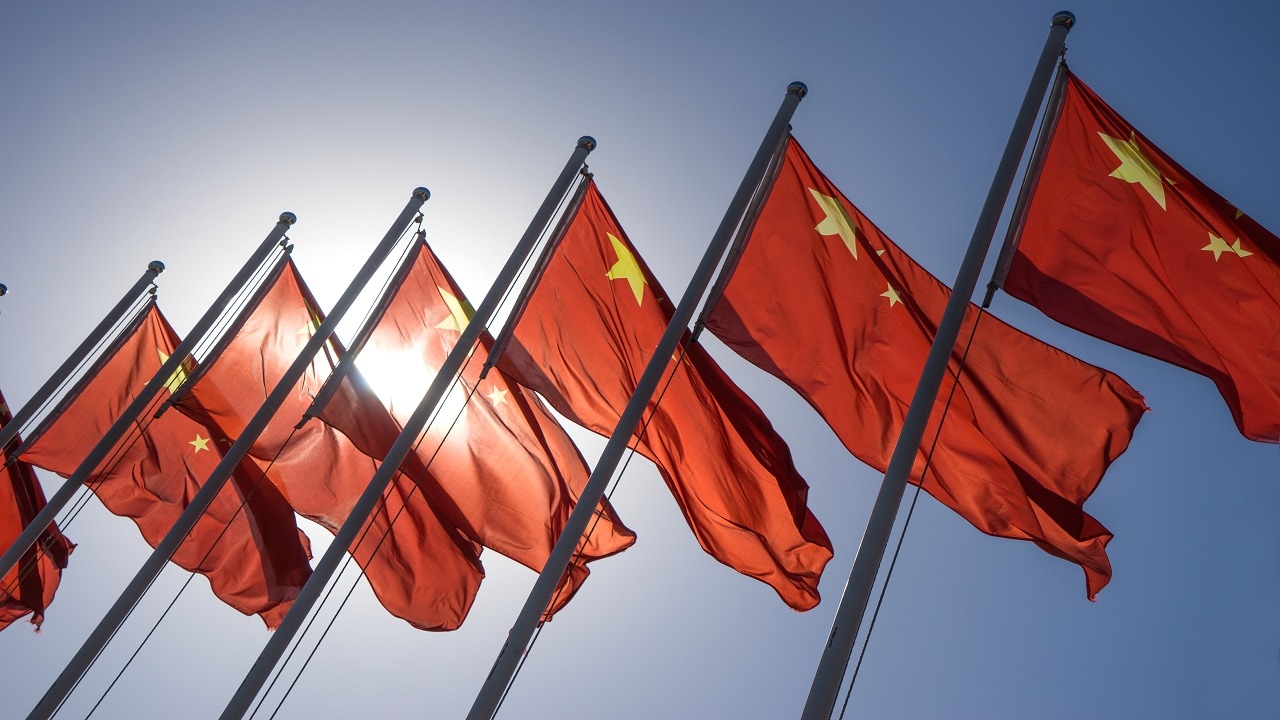
| Company | Value | Change | %Change |
|---|
The Caixin manufacturing purchasing managers index fell to 50.1, the lowest in four months, from 50.5 in December, according to a report released by Caixin and S&P Global on Monday. While any reading above 50 indicates an expansion of activity, the figure was well below the median forecast of 50.6 by economists surveyed by Bloomberg.
“The major challenges stemmed from a notable drop in employment, sluggish external demand and weak price levels,” Wang Zhe, senior economist at Caixin Insight Group, said in a statement accompanying the release. “Rising uncertainty in international policies could worsen China’s export environment, posing significant challenges for the economy.”
The results of the private survey compare with last month’s sharp drop in the official manufacturing PMI, which showed activity contracted more than expected and fell to the weakest since August.
The findings reinforce the urgency for Beijing to stump up more money — especially by way of public borrowing and spending — to plug a hole in demand. The calculus is increasingly shifting after Trump imposed a 10% levy on Chinese exports, a growth driver for the world’s second-largest economy last year.
Output prices slumped in January for the second straight month and at the sharpest pace since July 2023, according to the report from Caixin and S&P Global. Manufacturers “compromised on prices in the hope of generating more sales,” it said.
An earlier-than-usual Lunar New Year — around which many factories and companies shut down – may have also played a role in China’s economic slowdown at the start of 2025 as millions of workers returned to their hometowns when the holiday began last week.
The Caixin results have been largely stronger than those from the official poll over the previous year as exports stayed strong. The two surveys cover different sample sizes, locations and business types, with the private poll focusing on small and export-oriented firms.


